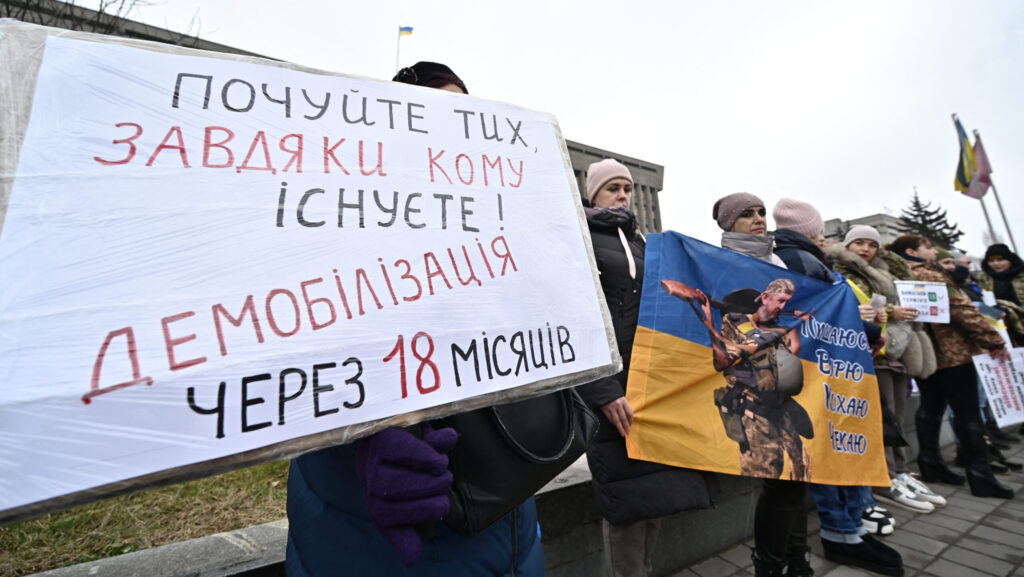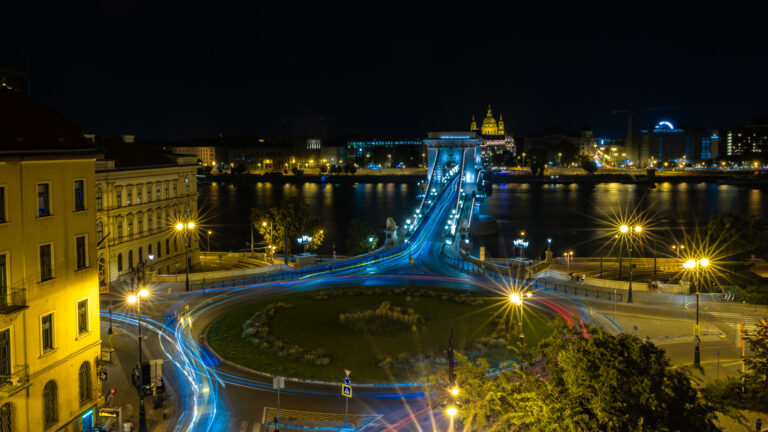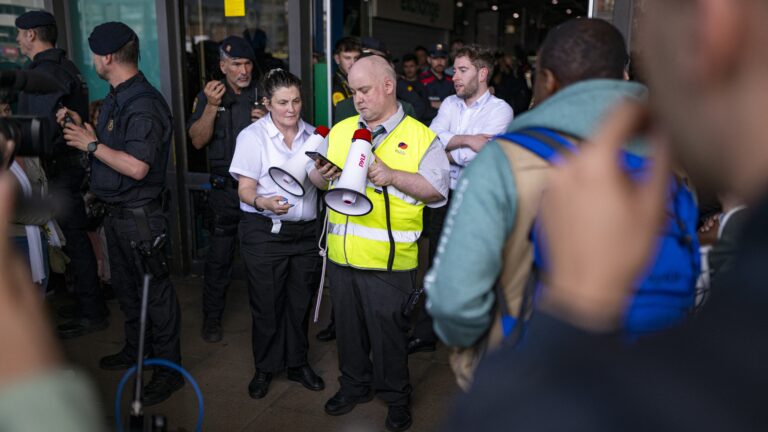An Essay by István Forgács to Mark International Roma Day
Do we really know who the Roma are? Where did they come from, how many are they and how do they live? What is their real cultural background, what are the circumstances they are living in, what visions for the future do they have?
There are no exact answers. Firstly, it is not easy even to estimate the number of the Roma in the world. There are scholars reporting a figure between 15 and 20 million; some others say it is less and is only around 10 million. But even 10 million or double, there is no doubt that the Roma are one of the largest ethnic minorities in the world having no identified land or country. From this perspective, they are even not a nation: it is a unique mass of hundreds of thousands of local communities that can be different even within their own country of origin. They belong to various ’tribes’, family-based ancestries, smaller or bigger communities, with sometimes enormous differences between these groups.
It is cheap and very typical to look at the Roma only based on the positive and negative stereotypes: they are lazy, poor, uneducated and happy-go-lucky people who just live for the day or the next. From another perspective, the Roma are the freest nation of the world who are not bound by any land, who are home everywhere and have a special connection to nature. And of course, their women can read from your palm. They are exotic, wild and showing non-visible but unique sexuality that everybody wants to discover at least once in a lifetime.
None of these stereotypes are valid.
Yes, there are many lazy, poor and uneducated Roma who probably really do not care about anything or just a few things. It might even be true that there are more such people among the Roma compared to the majority in several European countries, but this is not universal. The Roma are in fact very different even within their own communities.
Regarding International Roma Day, let me make a statement: we have to differentiate between the Roma and we have to help them change, because that is a real need or rather, a must nowadays if we wish to take the responsibility and live up to the duty of keeping our economies and societies prosperous (alive!), with real visions for the next couple of decades.
I also need to briefly comment on the overrated Roma culture and the supposed Asian-Indian roots of the Romani people. Dances, music, extraordinary culture and freedom—it is these attributes that are mostly brought up when we want to point out the values of the Roma. And we should not forget the human rights aspect that is also associated with the Roma very often—albeit even without them actually wanting that to happen—the position or status of collective victimhood: the typical picture painted of a Roma individual or family that gets nothing but refusal, discrimination, school- and housing segregation, and is subject to all kinds of violence.
But are the Roma really like that? People who must always suffer collectively, and only need equal opportunities to be able to live happily, and in peaceful coexistence with the majority society? Or have we finally got to the point where we understand how different the Roma are and how important they can become in the future? Do we really see how much they can contribute to the economy and how they can be an added value to the national cultural background in terms of customs and folklore in many countries where they actually live? I strongly believe that day by day, there are more and more people who can realize that within the accelerated changes in the Central European region and the Balkans, the Roma will be a strong symbol of many issues and characteristics that made these countries really Central-Eastern European over the last several centuries; countries that are primarily based on the Judeo-Christian approach to building societies and keeping them alive.
It is a fact that the Central-Eastern European region, including the Balkans, is the real home of the Roma. As post-Communist countries had to close their borders practically until the end of the 20th century, and as the number of the Roma was slowly but surely growing, their opportunities to improve their circumstances were absolutely controlled and limited by the regimes in each of these countries.
Let us assume that the Roma population in this broader region is around 5 million people (Czech Republic and Slovakia: 1 million, Hungary 900,000–1 million, Romania: 1–1.3 million, Bulgaria: 5–700,000, the post Yugoslav territories: 1 million), all of whom had a long road to walk from the early 90s to the recent times, when most of them became potential employees and valuable individuals for all of these societies and economies. And this is the fact that we have to underline and say loudly as many times as possible: the Roma issue should be regarded much more as an economic issue before it is viewed as a human rights issue. No question, the latter aspect is also important, but we have to see that besides dragging school segregation cases in front of courts and hunting for cases of abuse of Roma human rights, we have to discover and tap into the potential of the Roma from an economic point of view.
The Roma, whose numbers are growing everywhere where they live, are all consumers and a workforce.
It is through these roles that I think we can give the Roma a new identity and make them again integral parts of the majority societies.
We must understand that economy means society, and society means economy. Locally, nationally, and globally. And the Roma should be workforce.
The Roma can be workforce—especially in the post-Communist region. And if the governments and societies of the countries in the region fail to grasp how much all of this is real and crucial, all of them will have to face challenges they had never seen before: after running out of employees in their late middle ages, if there is no labour supply from within the country, the new, the fresh workforce will come from other continents: from the Middle- and the Far-East, the Maghreb and the Black Africa countries, exactly the same way as it happened in Western European countries in the second part of the 20th century.
I have to ask a question here: are the Central European and the Balkans countries prepared enough for that? Do they have the similar societies and resources to the ones Western Europe had in the 50s, 60s and 70s? Of course not. The region has been composed of countries with different histories, different cultures, different social attitudes and customs and a very diverse mass of tens of millions since the collapse of the Austro-Hungarian Monarchy and the Ottoman Empire.
After becoming members of the European Union, most of the post-Communist countries got the chance to develop their economies and societies, but have remained dependent on the Western European economies and the energy resources coming from the East. So producing anything was mostly directed at the German, French, Scandinavian customers, and done with the energy and raw materials received from Russia, from other countries in the region or the Far East. While membership offered many benefits to the newcomer countries, besides the opportunities, there were tendencies and processes that effected the economies of these countries negatively. One of the most important ones was the process of an increasing number of people having higher education and the number of blue collar workers rapidly declining, creating a lack of skilled labour in the region. And as the decade between 2010 and 2020 was a real success for all the countries, suddenly all of them found themselves in a strange situation: they had dynamic economies, a growing GDP, and at the same time a painful shortage of workers on the labour market. Even rising wages were not enough, especially in Romania and Slovakia, where work-related migration to Western EU countries became substantial, with hardly anyone staying at home to go and work in the local factories or to provide public services (health care, local government management, community waste collection, law enforcement etc.).
And this situation is the real chance of the Roma right now.
To be the working ones, the last ones, the valuable ones, the respected ones. Of course they need at least a basic education for that, but let’s admit: the colour of one’s skin and their ethnic background have a much lesser importance for employers nowadays than 15 or 20 years ago. If you are capable and available, come and get the job immediately, employers say.
If this does not happen, companies will have to import the workforce and the Roma will be left behind again as it happened after the end of the Communist era, in the early 90s. And probably this is the last call, the last chance for the Roma to find the way of successful integration in any of the countries in the region.
In Hungary, the current government (and also the previous ones since 2010) recognized in time the risk that this whole situation poses. Several government decisions and policies have been worked out to improve the situation of the Roma communities. But even with this strong commitment and many other government programmes aimed at helping families with considerable support for raising children, the economy still needs more working hands and brains than ever before. And we have to face the fact that the size of imported labour is constantly growing because the foreign investors need thousands of new employees to fill the working places that will be created in the next couple of years.
It was in reaction to this situation that made Prime Minister Viktor Orbán make a strong statement just a few weeks ago. He underlined that he wants to collect all the Hungarian available workforce and to turn them into ’real employees’ as soon as possible. If that happens, these people will get social insurance, acceptable wages and, hopefully, will grab the chance to stay on the labour market for a longer period.
For me, as a Roma, it is a signal. It is motivation to try to make as many Roma as possible interested in joining training courses,
learning and finding a job, because now can be their time. Because now they are wanted in the public sector as well, not only in the for-profit sector. The army, the police, all the state and local administration agencies are hiring. And I am convinced that it won’t only be these public sector employer to appreciate the Roma workforce, but the majority society as well. Because even with better or worse periods in the past, the Roma have been living together with the non-Roma for centuries. Because the Roma are organic parts of the majority people’s national cultures and customs. Because in many countries, the Roma could weave their own cultural identity into the national one. Because they visit the same churches, they keep the same religion-based traditions. They are ready to be respected and honoured by the majority society. They are much more part of the nations that have been living here for centuries than those coming here from thousands of miles away, just because of an economic demand, and who are set to become the perfect symbols of modern-times slavery and globalisation.
Central-Eastern Europe needs the Roma. More than ever before.
To keep its Judeo-Christian heritage and to keep its economies and societies alive, with real integration.
The Roma today are more European than ever. We all have an obligation to help the Roma realize that and to start believing in their own importance.








